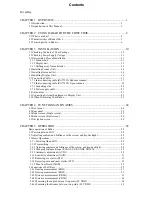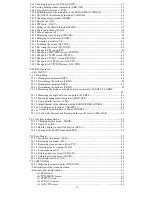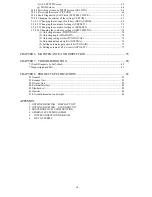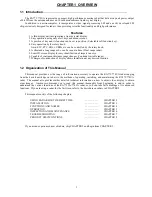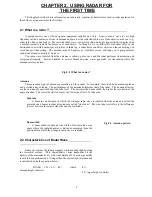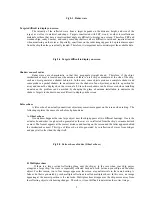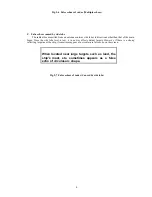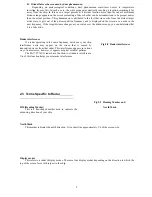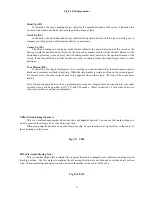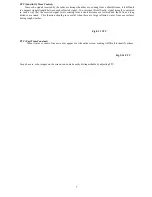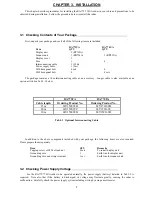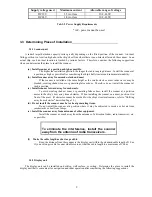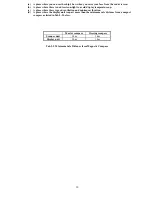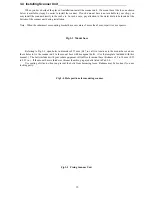
2
CHAPTER 2. USING RADAR FOR
THE FIRST TIME
This chapter describes basic information on radars and explains technical terms used in radar operation for
those who is using a radar for the first time.
2.1 What is a radar ?
A marine radar is one of the navigation equipment installed on a ship. It emits a radio wave in very high
frequency called a microwave from its antenna and receives the reflected radio wave from objects on the sea (e.g.,
other ships, buoys, and lands). The received radio wave is converted into an electric signal which is displayed on
a display screen to indicate the presence of such objects. Although it is very difficult to find other ships or the
destination coast with human eyes at night or in thick fog, a radar helps you detect objects on the sea helping you
avoid danger when sailing. The antenna turns 360 degrees as it radiates waves, allowing you to grasp ambient
conditions around your ship at a glance.
The radio wave radiated from the antenna is called a pulse wave and the radar performs transmission and
reception alternately. Several hundred to several thousand pulse waves generally are transmitted while the
antenna rotates one turn.
Antenna
There are many types of antennas generally used for a radar. For example, these include a parabolic antenna
and a slotted-array antenna. The performance of the antenna determines that of the radar. The dominant factors
are the antenna's beam width and side lobe level. The narrower the beam width, the higher the resolution of the
angle direction. The lower the side lobe level, the fewer the effect of a false echo.
Side lobe
A beam in one direction in which the strongest radio wave is radiated from the antenna is called the
main lobe and beams in other directions are called "side lobes". The side lobe level refers to the difference
in level between the largest side lobe and the main lobe.
Beam width
A beam width is defined as the width of the main lobe at an
angle where the radiated power is halved as measured from the
position from which the strongest radio wave is radiated.
2.2 Characteristics of Radar Wave
Radio waves from the radar propagate while bending slightly along
the terrestrial surface. This characteristic varies dependent on the
density of the atmospheric air. The sight distance D of a radar generally
is said to be approximately 6% longer than the optical sight distance and
is calculated using the equation below :
D (NM) = 2.22 ( h1 + h2 )
where,
h1=
antenna height in meters
h2= target height in meters
Fig.2-1 What is a radar?
Fig.2-2 Antenna pattern
Содержание RA773UA
Страница 20: ...16 Fig 3 8 Fitting interconnecting cable seq Fig 22__Fitting_interconnecting_cable Arabic 1 ...
Страница 25: ...21 ...
Страница 28: ...24 4 4 Radar screen Dual screen ex PPI PPI screen 4 5 Radar screen All PPI screen ...
Страница 52: ...48 ...
Страница 84: ...80 Interconnecting cable 100 m max Noise D U 65 dB or less S U 65 dB or less RA773UA S U 75 dB or less RA774UA ...


